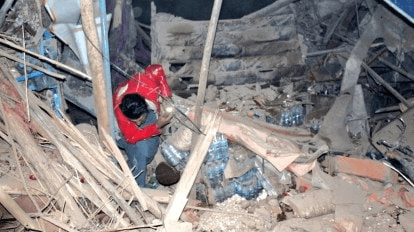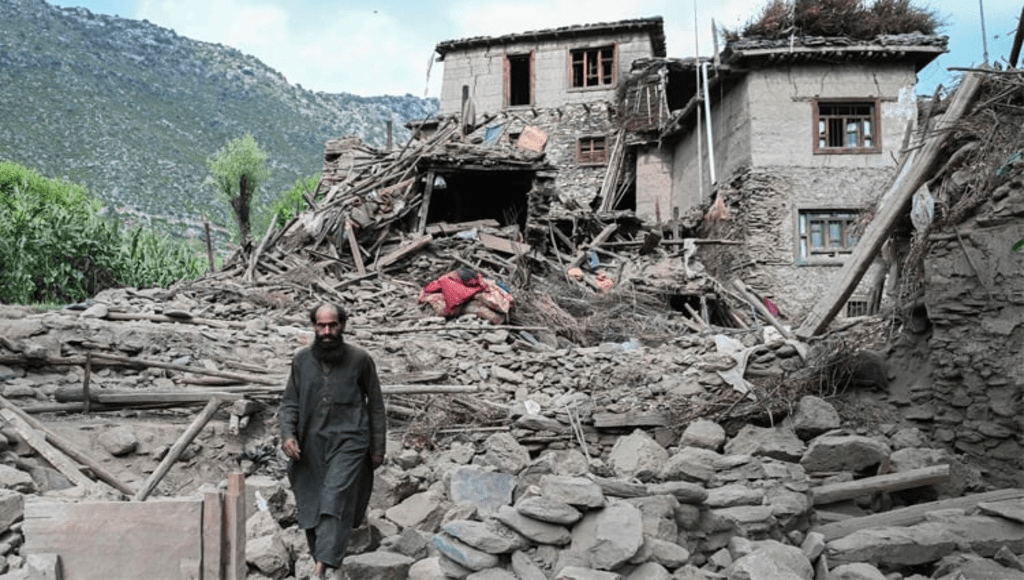Rescue rush amid mounting toll
A 6.3-magnitude earthquake struck near the northern Afghan city of Mazar-e-Sharif early Monday, killing at least 10 people and injuring around 260, officials said. Entire families were trapped when mud-brick homes collapsed across Balkh province, and sections of key roads cracked or caved in. The city’s iconic Blue Mosque sustained visible tile damage and partial wall fractures. Hospitals in Mazar and neighboring towns shifted to emergency footing, treating dozens for fractures, head trauma, and crush injuries. The U.S. Geological Survey issued an “orange” alert for high casualty and economic-loss potential, warning that weak construction could amplify the devastation.

Relief, aftershocks, and immediate needs
Rescuers worked overnight, digging through rubble by hand while bulldozers struggled to reach outlying districts. Humanitarian agencies said the toll would likely rise once communications with remote villages resumed. Aftershocks rattled survivors who spent the night outdoors in freezing conditions. Officials appealed for tents, blankets, and medical kits as temperatures plunged. Engineers are now inspecting bridges, wells, and health clinics for structural integrity. For a nation already battling poverty and isolation, the quake is a grim reminder of Afghanistan’s vulnerability to natural disasters—and its limited capacity to rebuild.

 TPW DESK
TPW DESK 








